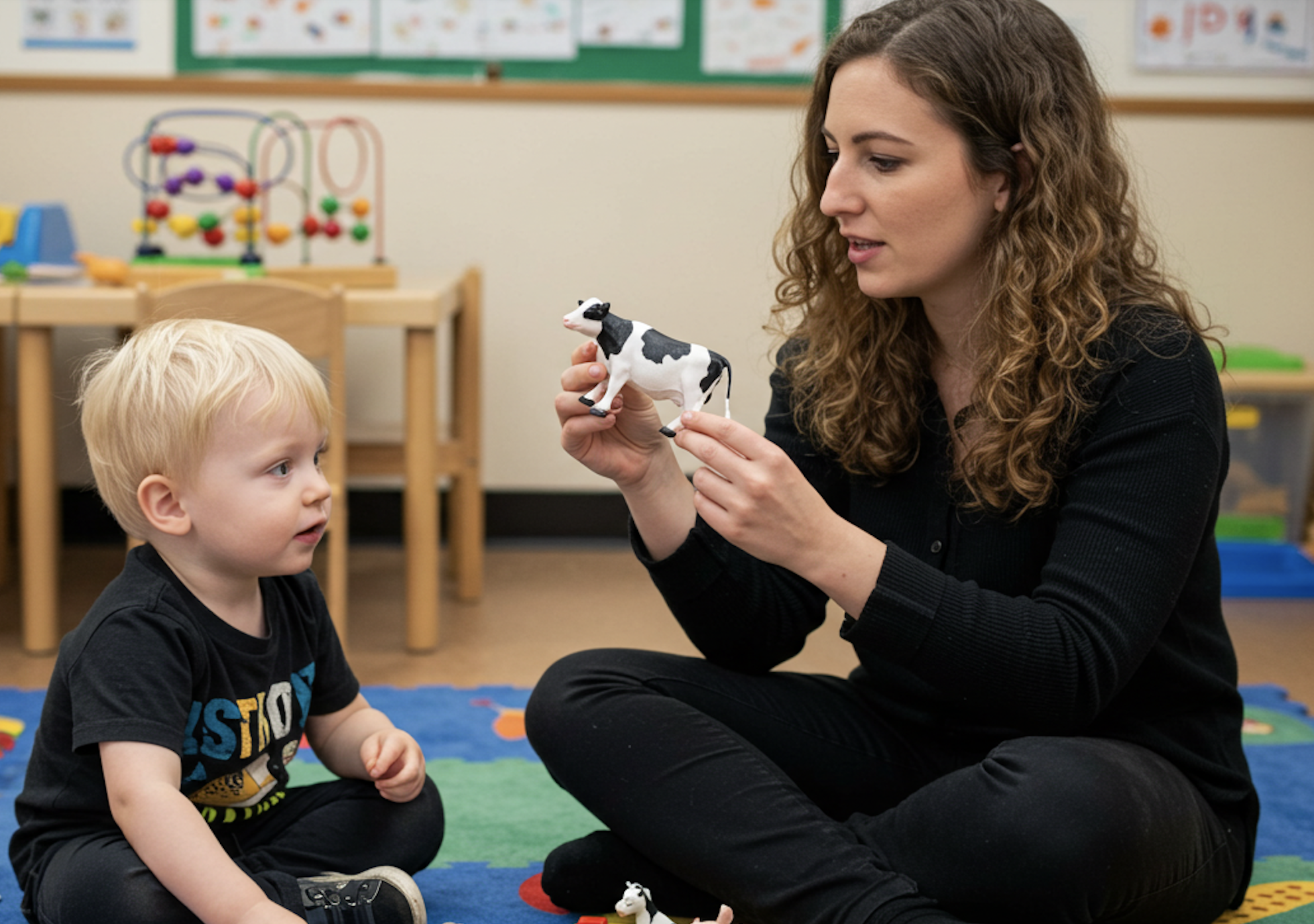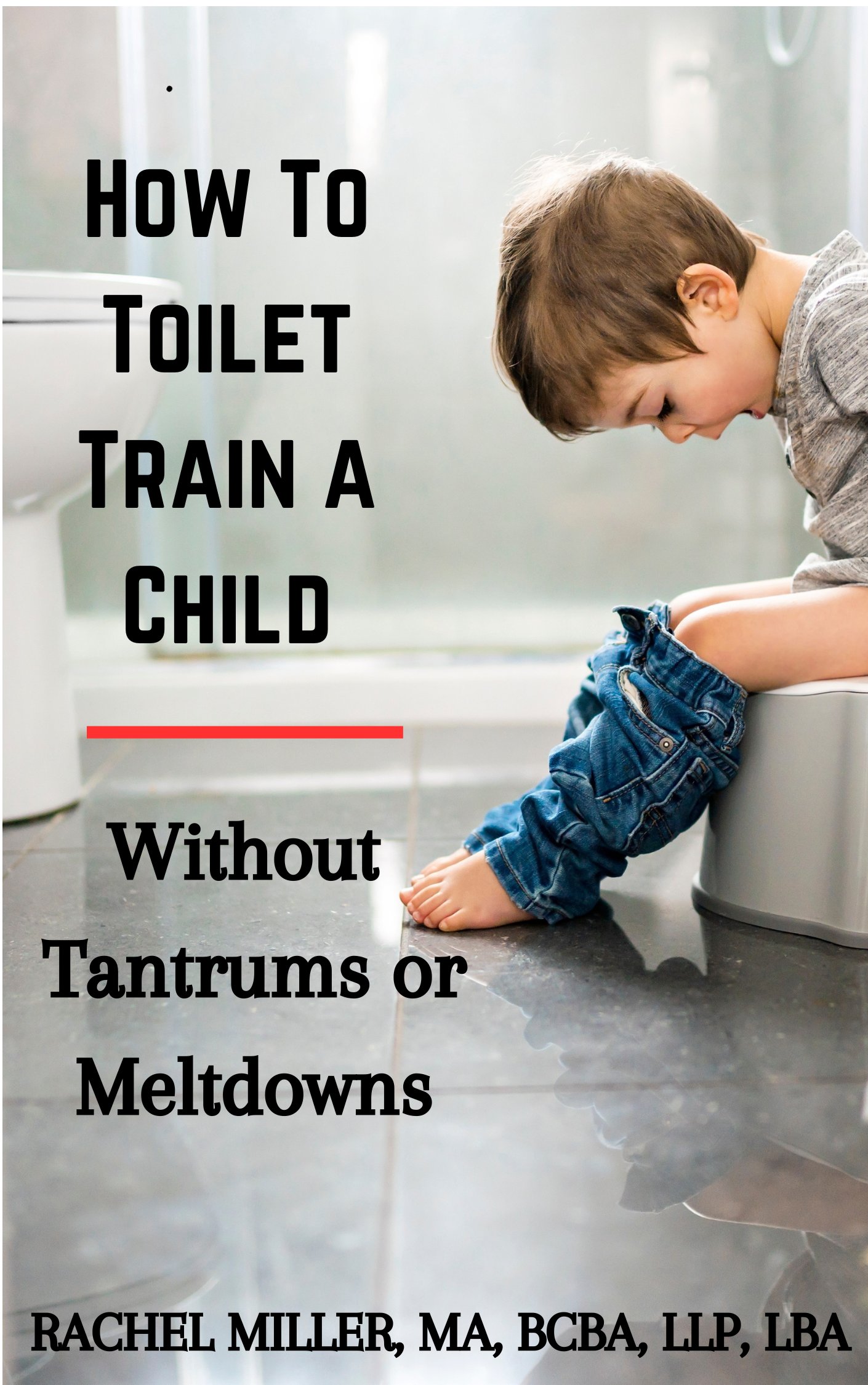ABA Schools: How to Choose the Best Autism Therapy Programs for Your Child

Finding the right ABA schools for your child with autism can be one of the most important steps toward helping them develop essential life, communication, and social skills. ABA, or Applied Behavior Analysis, is the most widely recognized and research-backed approach for improving behaviors and learning in children with autism spectrum disorder (ASD). The quality of the ABA school you choose can have a direct impact on your child’s progress and long-term success.
The Effectiveness of ABA Therapy in ABA Schools
Decades of research have confirmed that ABA therapy is the most effective evidence-based approach for children with autism. The best results occur when children receive intensive ABA sessions—typically 20 to 40 hours per week—over an extended period.
In one landmark study, 47% of children who received 40 hours per week of ABA therapy for two to six years achieved what researchers call a “best outcome.” Many of these children were able to function at the same level as their peers and, in some cases, even had their autism diagnosis removed. Overall, 89% of the children in the experimental group showed significant improvements in IQ, language, and social skills.
These outcomes demonstrate why it’s so critical to select ABA schools that provide high-intensity, individualized programs led by qualified professionals.
Core Methods Used in ABA Schools
The best ABA schools use a combination of proven teaching methods to address the wide range of challenges that children with autism may experience. These may include:
- Discrete Trial Training (DTT): Teaches specific skills through repetition, reinforcement, and step-by-step instruction.
- Pivotal Response Training (PRT): Focuses on key areas like motivation and self-management through play and natural interactions.
- Applied Verbal Behavior (AVB): Builds communication skills by encouraging the use of words to express needs and wants.
- Incidental Teaching: Uses real-life situations to teach skills naturally as opportunities arise.
- Structured Play and ASD Picture Communication Cards: Supports communication and engagement through visual prompts and play-based learning.
When combined, these methods help children make measurable progress in communication, social behavior, and daily living skills.
What to Look for When Choosing ABA Schools or Centers
Finding the right ABA school involves more than just confirming that they offer ABA therapy. You’ll want to look for specific features that indicate the program is high-quality and individualized for your child’s needs.
Here are the top things to consider when evaluating ABA schools:
- Parent Training and Support: The best ABA schools involve parents in the process by offering training sessions to ensure consistent behavior strategies at home and school.
- Certified ABA Professionals: Look for programs led by Board Certified Behavior Analysts (BCBAs) and implemented by Registered Behavior Technicians (RBTs).
- Individualized ABA Behavior Plans: Every child should receive a customized behavior intervention plan based on thorough assessments and ongoing progress tracking.
- Use of Evidence-Based ABA Methods: Confirm that the school incorporates proven techniques such as DTT, AVB, communication cards, and PRT.
- Additional Therapeutic Services: Children often benefit most when ABA schools integrate complementary therapies such as: Speech Therapy for communication and articulation. Occupational Therapy to address sensory processing and motor skills. Music Therapy to improve emotional regulation and attention. Physical Therapy to support coordination and strength development.
Having access to an occupational therapist who can design a personalized sensory diet is especially valuable for children with sensory processing challenges. When multiple therapies are coordinated within one ABA school or center, children typically achieve greater gains across all developmental areas.
Understanding the Cost of ABA Schools
While ABA schools can be life-changing, one challenge families often face is the cost of these programs. Intensive one-on-one therapy is expensive, and not all schools are able to bill insurance. In states that mandate insurance coverage for autism therapy, some private ABA schools are beginning to partner with insurance providers, but these programs are still limited in number.
Public schools sometimes incorporate ABA-based teaching in group settings, which can be helpful but may not provide the same level of individualized attention. If you find a public ABA school that offers personalized, one-on-one instruction at an affordable rate, it’s worth exploring.

Online and Home-Based ABA Options
In addition to traditional schools, parents can now access online ABA training to learn how to implement therapy at home. For instance, Rethink Autism offers a comprehensive digital platform that guides parents through the principles of ABA and creates customized lesson plans tailored to each child’s abilities and goals.
Online programs can be especially useful for families who do not have access to local ABA schools or centers, who want to reinforce skills between therapy sessions.
Public ABA schools
It's not often you will find a public school that incorporates ABA interventions. Autism Model School in Toledo, OH is one school that I have found to not only incorporate ABA interventions, but to also be led by a Board Certified Behavior Analyst as the executive director. There used to be a public school in Kalamazoo, MI that had a pre-primary impaired one-on-one ABA classroom, but it appears that this has been changed to a new program that doesn't include one-on-one intervention. It does appear to still include the use of ABA interventions and that school is called Kalamazoo RESA.
Final Thoughts: Finding the Right ABA School or center for Your Child
Choosing the right ABA school can be life-changing for your child with autism. The ideal school will combine evidence-based ABA therapy, certified professionals, individualized support plans, and a compassionate learning environment.
Whether you choose a private ABA school or center, a public program, or a home-based approach, consistency and early intervention are key. Children thrive when therapy is intensive, structured, and supportive across all environments.
Start your search today by exploring ABA schools near you, visiting programs in person, and asking detailed questions about their teaching methods, staff qualifications, and success rates. With the right ABA school, your child can build the skills and confidence they need to lead a fulfilling and independent life.
If you haven't already, be sure to check out my ebooks, now on Amazon!

